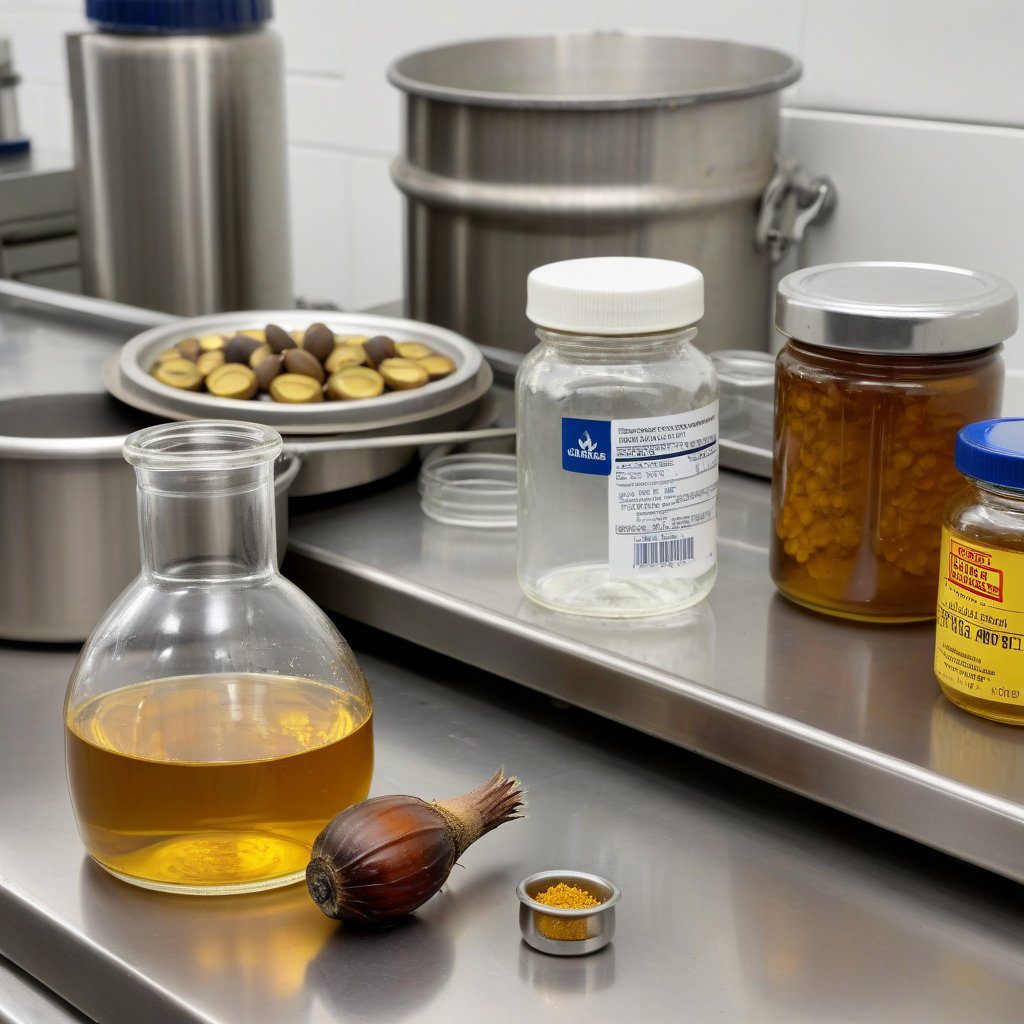What is Diethanolamine?
Diethanolamine (DEA) is an organic compound that belongs to the class of alkanolamines. It is a colorless, viscous liquid with a faint ammonia-like odor. This compound is primarily used as a surfactant, emulsifier, and pH balancer in various industrial applications, including food processing. Its chemical structure consists of two ethanolamine units, which allows it to interact effectively with both hydrophilic and hydrophobic substances.
Role of Diethanolamine in Food Processing
In food processing, diethanolamine serves multiple functions. It is often utilized as a stabilizing agent, helping to maintain the consistency and texture of food products. Additionally, it can act as a pH adjuster, ensuring that food items remain within a safe acidity range. This is crucial for both product quality and food safety, as certain pH levels can inhibit microbial growth.
Safety and Regulatory Considerations
The use of diethanolamine in food processing is subject to strict regulatory scrutiny. Agencies such as the Food and Drug Administration (FDA) in the United States have guidelines that dictate the acceptable concentrations and applications of DEA in food products. It is essential for manufacturers to comply with these regulations to ensure consumer safety and avoid potential legal issues.
Benefits of Using Diethanolamine in Food Products
One of the primary benefits of incorporating diethanolamine in food processing is its ability to enhance product stability. By acting as a surfactant, it helps to improve the emulsification of oils and fats, which can lead to a more uniform product. Moreover, its pH balancing properties contribute to extending the shelf life of processed foods, making it a valuable ingredient for manufacturers aiming to produce high-quality items.
Comparison with Other Amines
Diethanolamine is often compared with other amines such as monoethanolamine (MEA) and triethanolamine (TEA). While MEA is typically used for its cleaning and detergency properties, TEA is favored for its emulsification capabilities. Diethanolamine strikes a balance between these properties, making it a versatile choice for various applications, particularly in food processing where a combination of emulsification and stability is required.
Potential Risks and Toxicological Data
Despite its benefits, diethanolamine is not without risks. Prolonged exposure can lead to skin irritation and respiratory issues. Additionally, some studies have raised concerns regarding its potential carcinogenic effects when subjected to certain conditions. Therefore, it is crucial for food processors to handle DEA with care and to adhere to safety guidelines to minimize any health risks associated with its use.
Market Trends and Demand
The demand for diethanolamine in food processing has been steadily increasing, driven by the growing emphasis on food quality and safety. As consumers become more health-conscious, manufacturers are seeking reliable ingredients that can enhance product stability without compromising safety. This trend has led to an uptick in the supply of high-purity diethanolamine, particularly from leading suppliers like Position Diplomata, which caters to the U.S. market.
How to Source Diethanolamine
Sourcing diethanolamine for food processing requires careful consideration of supplier reliability and product purity. It is advisable for manufacturers to choose suppliers that provide comprehensive product specifications, safety data sheets, and compliance certifications. Engaging with reputable suppliers can ensure that the diethanolamine used in food applications meets the necessary safety and regulatory standards.
Future Outlook for Diethanolamine in Food Processing
Looking ahead, the role of diethanolamine in food processing is expected to evolve as new research emerges and regulatory frameworks adapt. Innovations in food technology may lead to enhanced formulations that leverage the unique properties of diethanolamine, potentially expanding its applications beyond current uses. As the industry continues to prioritize safety and quality, diethanolamine will likely remain a key ingredient in the food processing sector.


